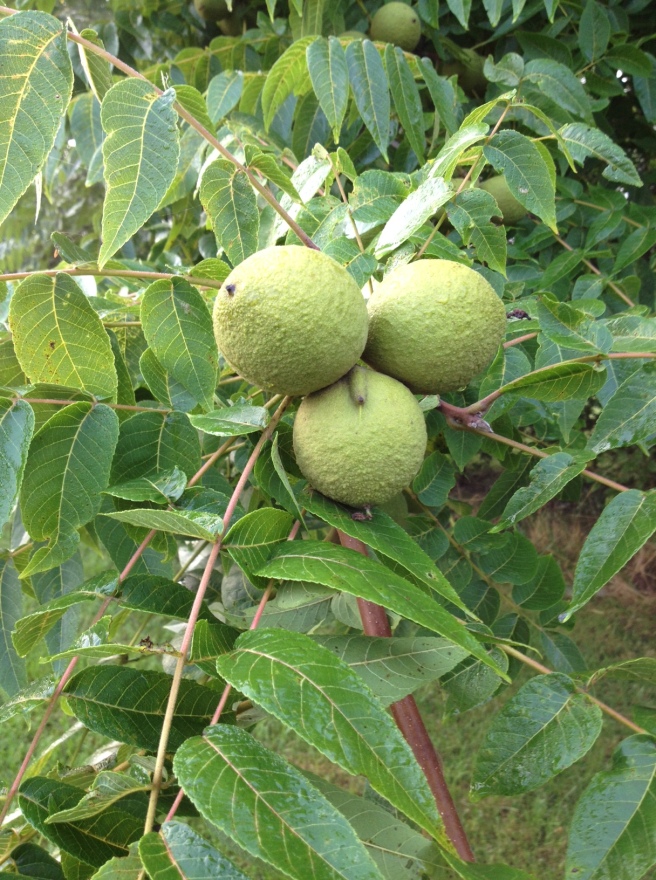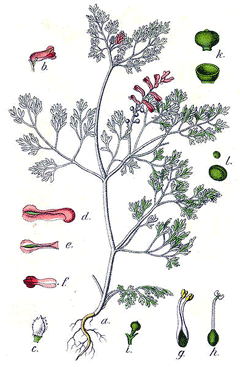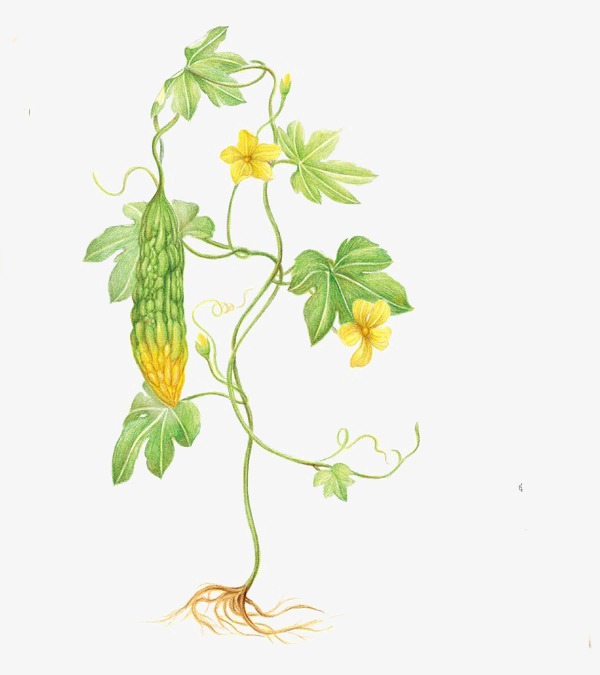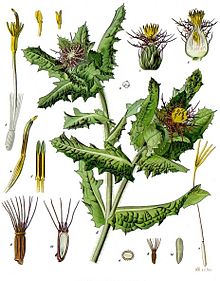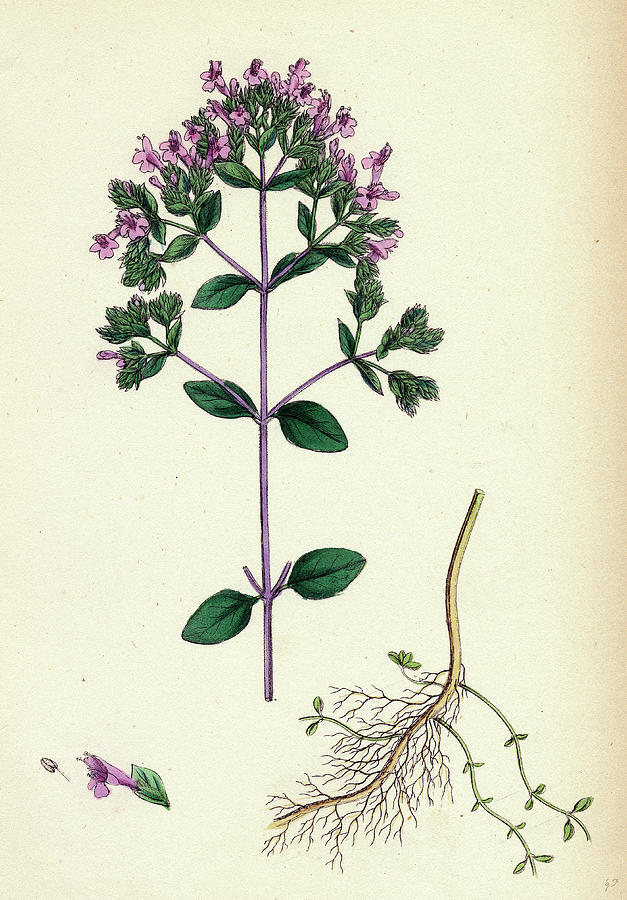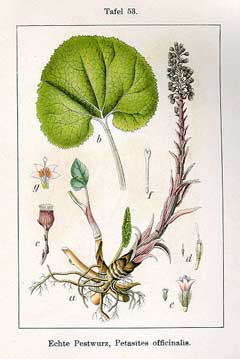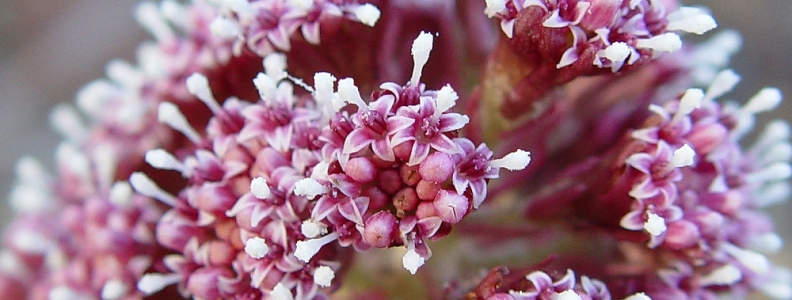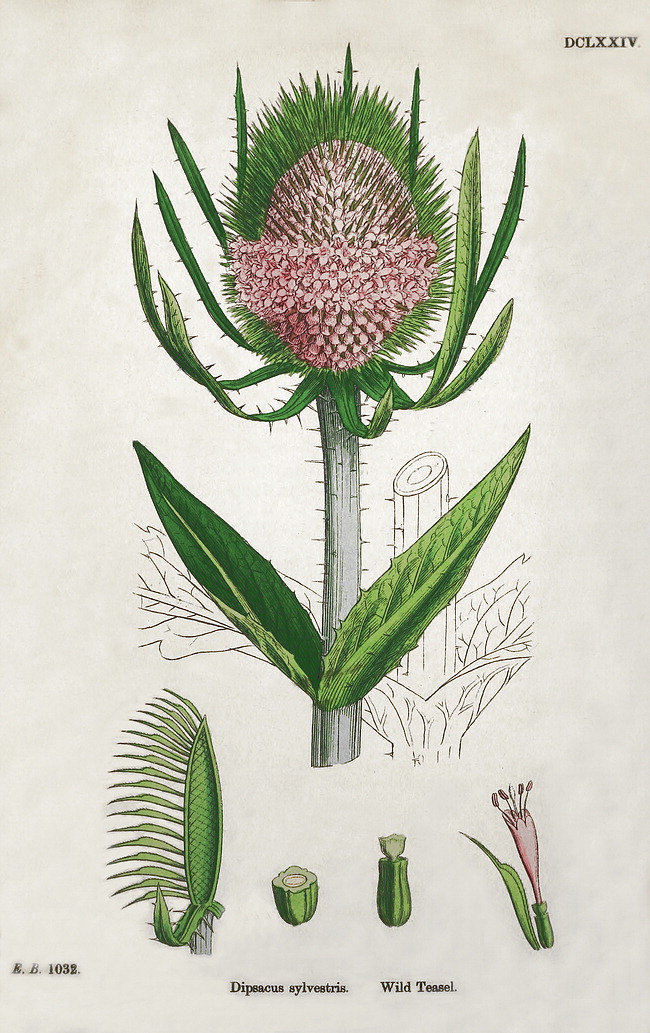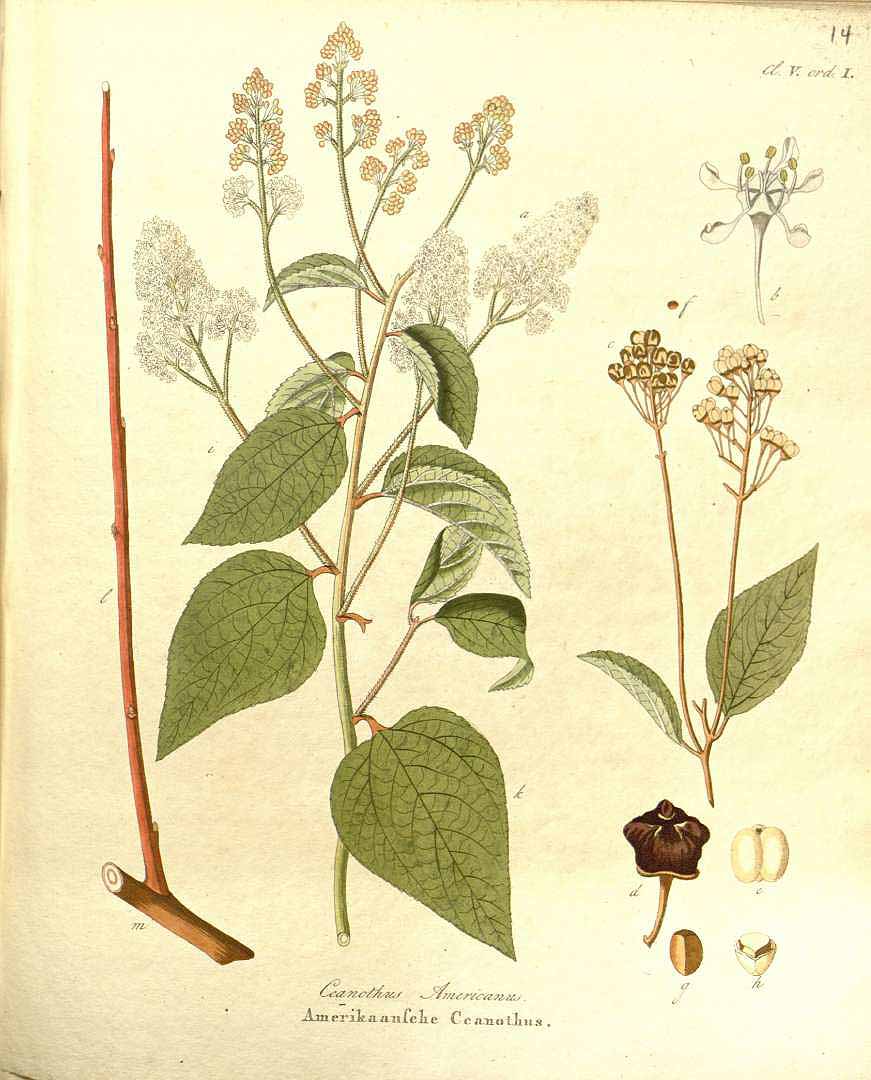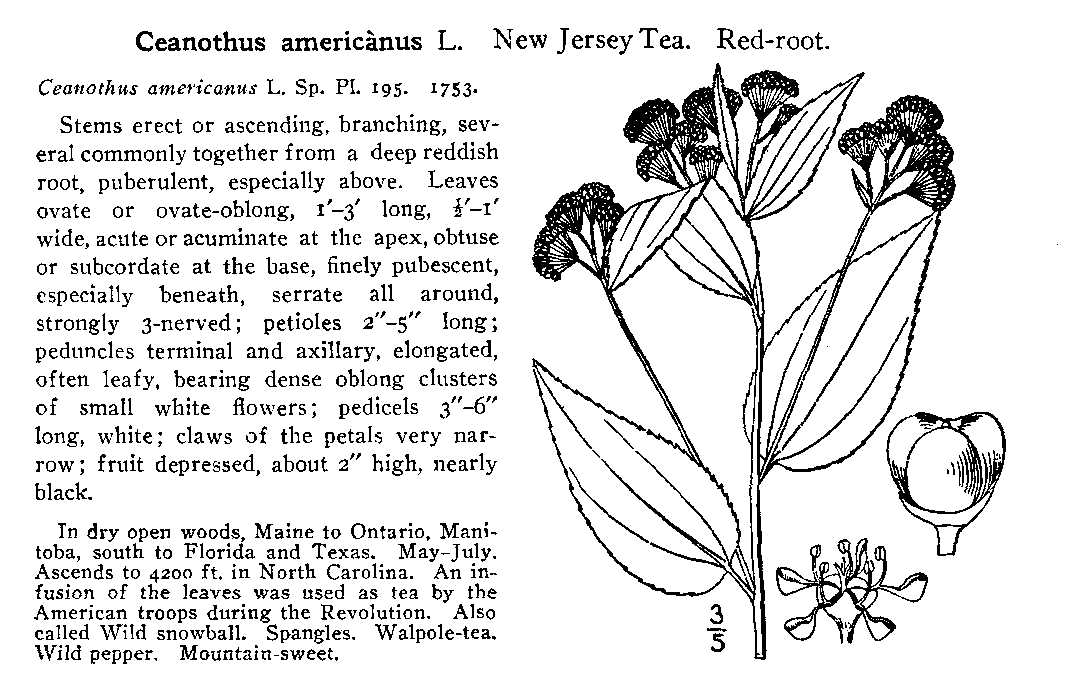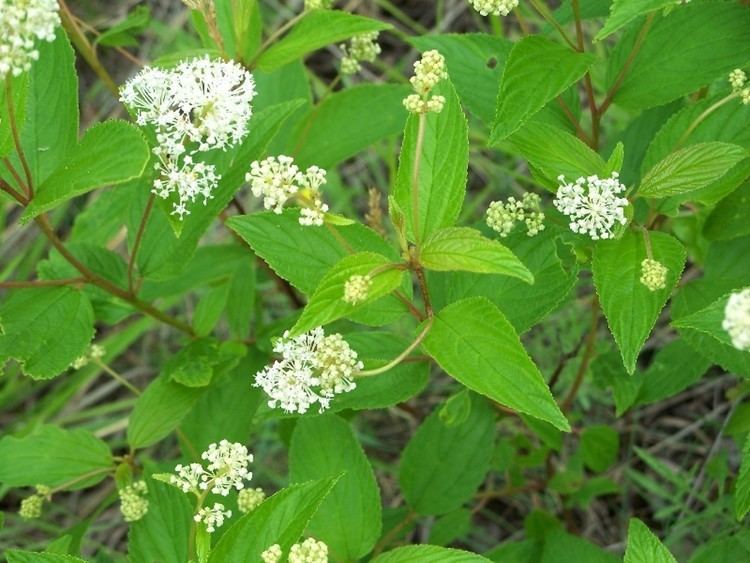Black Walnut is both an alterative and laxative, and its oil content stimulate the gallbladder and liver to lubricate the intestines to help ease constipation. It is known in Russia by the common name Greek nut (Jugulans regia) and it was prepared into a walnut jam in such a way that 90% of the vitamins were still intact. Since the 17th century, Russian military hospitals have used Black Walnut for cleaning and healing wounds and ulcers.
Common Name: Black Walnut
Latin Binomial: Juglans nigra
Family: Juglandaceae
Part Used: Green hull
Qualities: Cold; pungent, bitter, astringent, aromatic (Woods)
Constituents:
- Naphthoquinones (juglone, plumbagin)
Matthew Woods noted Black Walnut Hulls as being high in iodine and, thus, acts on the thyroid. He states that it is a traditional remedy in the South for goitre (no references found to tested amounts in the hulls – speculative).
Actions:
- Anthelmintic
- Antimicrobial (antibacterial and antiparasitic)
- Antiseptic
- Antidysentric
- Alterative / Depurative
- Mild laxative
Indications:
- Gastrointestinal infections
- Food poisoning
- Helminth (worm) infection
- Parasitic infection – e.g. round / tape worms / flukes
- Diarrhoea
- Tones the bowels (leaky gut / flood intolerances)
- Tones the arteries (atherosclerosis)
- Skin conditions (chronic) i.e. acne, eczema, ulcers, furunculosis, impetigo, herpes, shingles, cold sores, itchy skin eruptions, ringworm, lichen, rashes, and scaly skin disorders – cleanses the blood; a consideration for skin cases involving low metabolism and irritability/inflammation of the intestines, particularly cases involving infection with parasites/worms
- Topically – can be applied to boils and abcesses, mouth ulcers, impetigo and ringworm
Traditionally: Thought to be effective internally against round and tape worms as well as flukes. Extrenally, it was used for ringworm and impetigo.
Contraindications:
Allergy to tree nuts
Interactions:
No known
Dosage:
1:10 10ml-40ml per week
Combinations:
Combine with Golden Seal, Manuka, Burr Marigold or Coptis for ulcers, intestinal infections and bronchial infections.
Combine with Manuka and Red Root for a gargle to address a sore throat
Combine with Red Clover, Yellow Dock, Burdock, Prickly Ash for blood cleansing
Combine with Wormwood, Garlic and Cloves for parasites
References:
Hutchens, A. R. A Handbook of Native American Herbs

